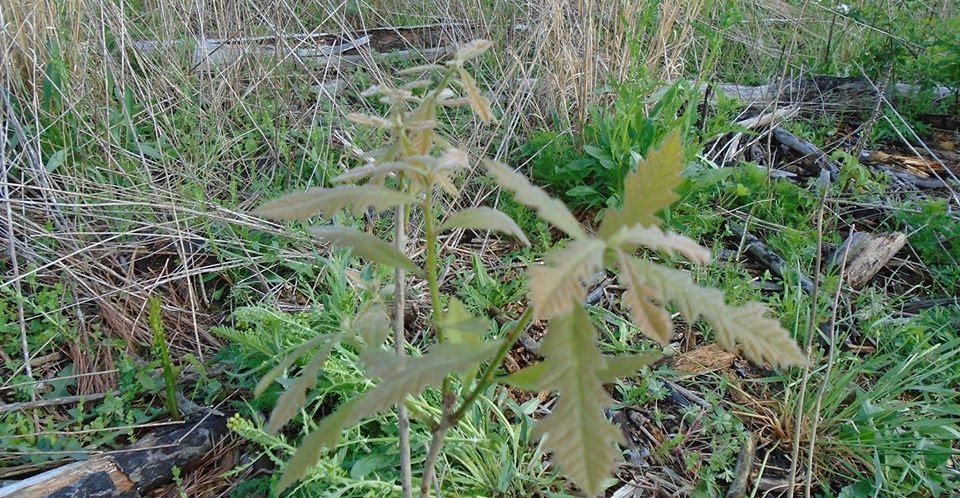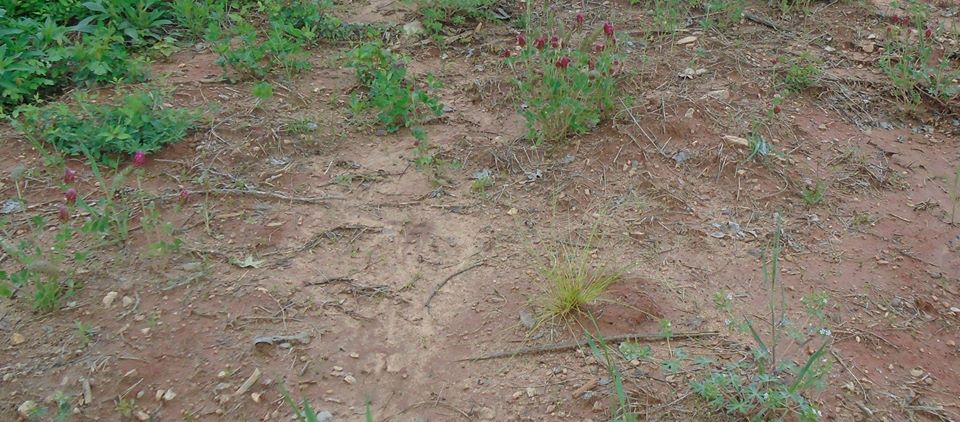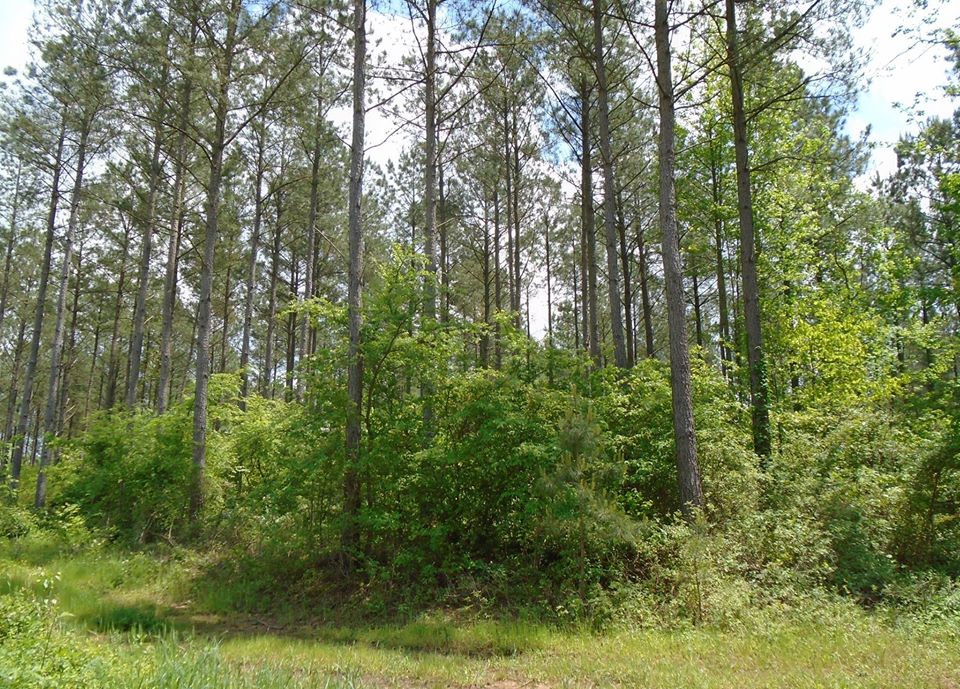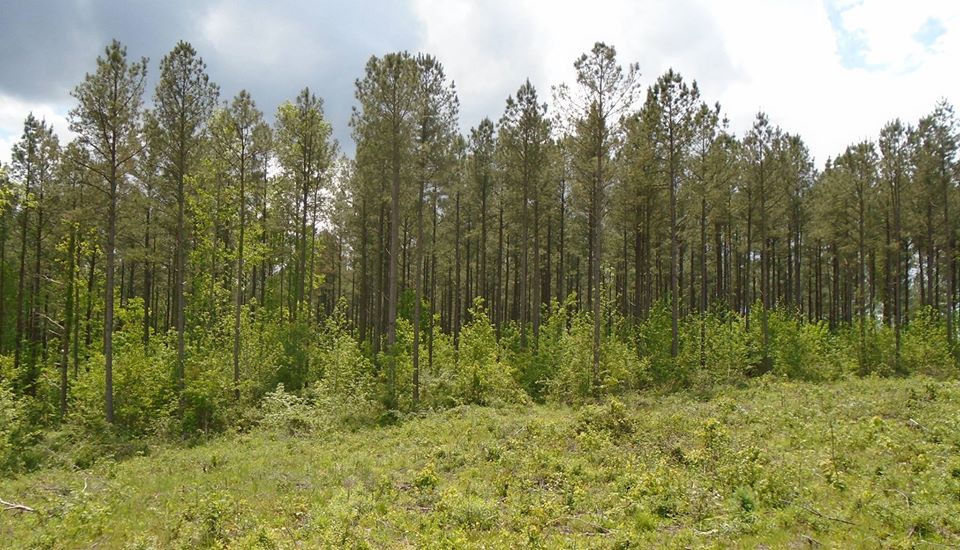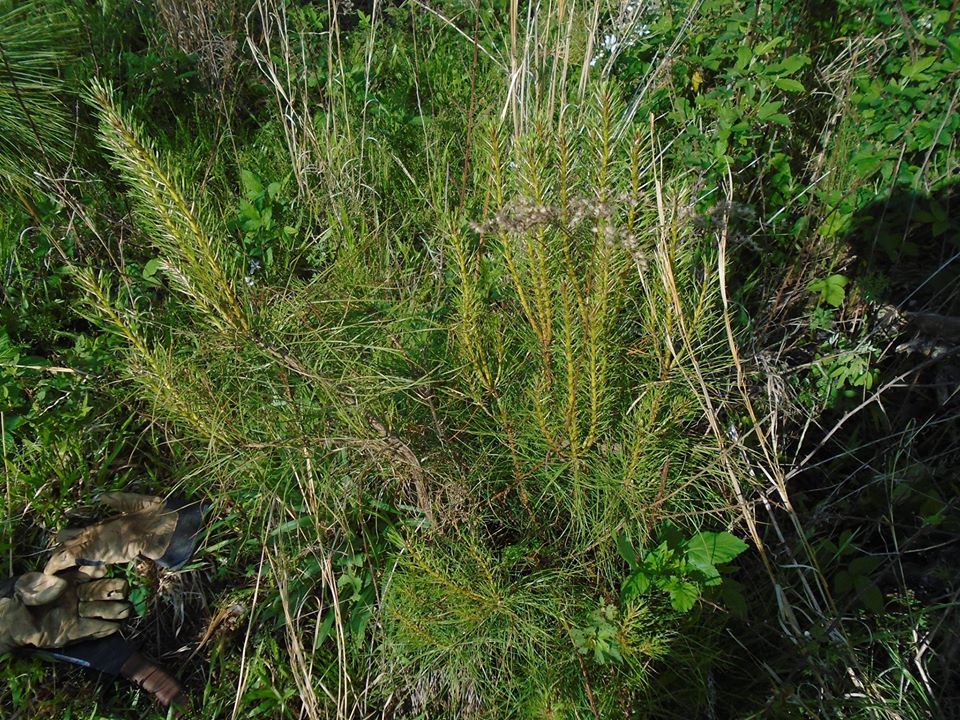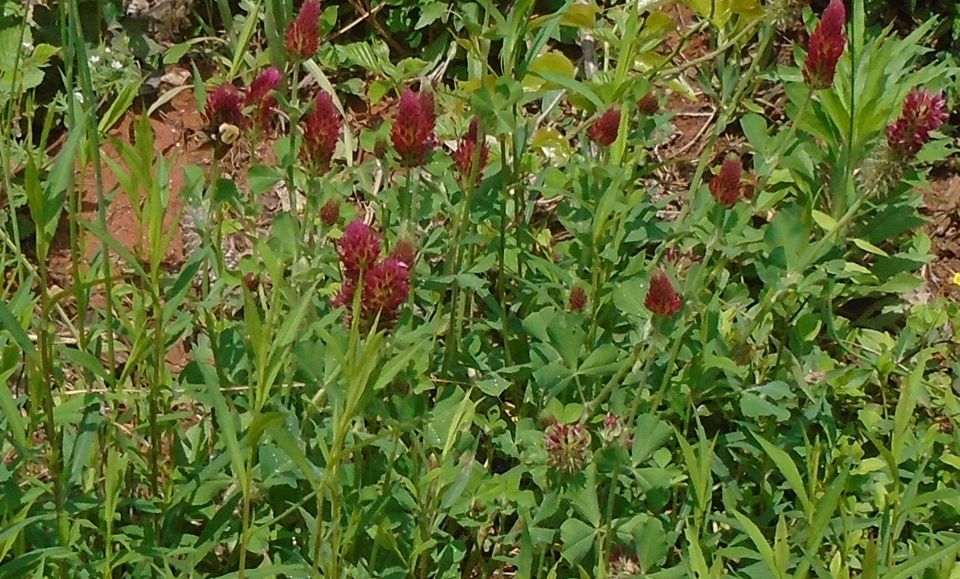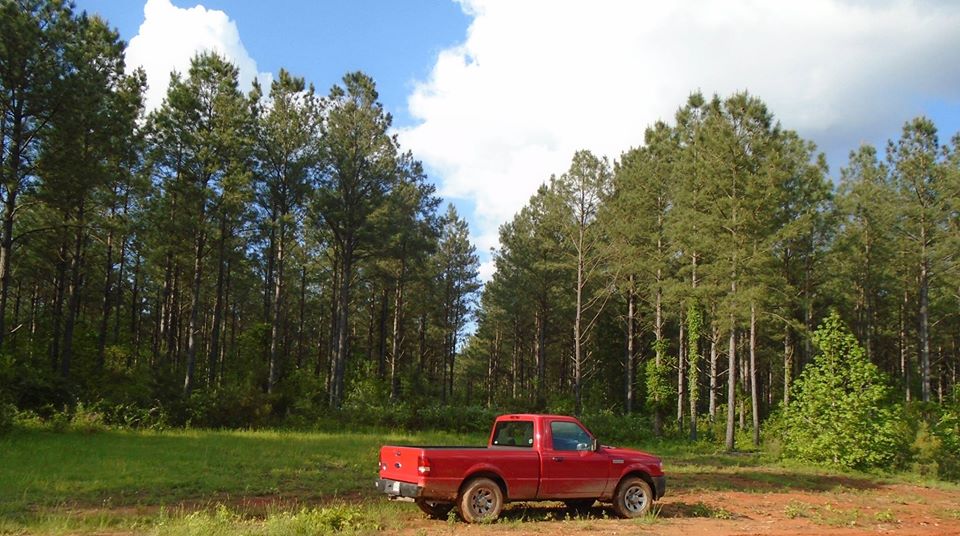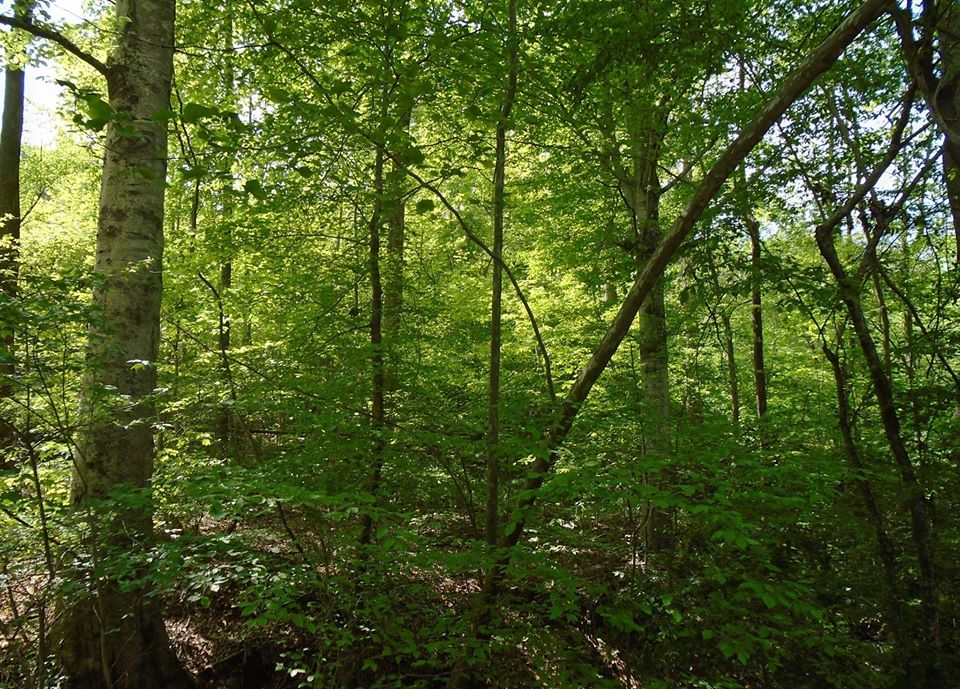Some pictures from my tree farm visits – May 4, 2016. My new plantation is scary. We planted 46 acres: 15 longleaf & the rest loblolly. It is hard to find the little trees. But I remember how hard it was with the first forests in 2005. They are there (I hope). I found some. I also took some pictures of the 2012 longleaf and the loblolly plantations.
The first picture shows new growth on the 2012 longleaf. Next shows loblolly that will be twenty-years old this year. They were thinned in 2010/11 & we will thin again in 2017/18. Third picture is our new cut-over with loblolly in background. There are little trees in there, but they are hard to see. Finally is a picture of a loblolly among the longleaf. I cut it back a few months ago (I have to clip out the loblolly, since they will crowd out the longleaf.) Loblolly is one of the few pines that will sprout from stumps.
A few more pictures from the May 4, 2016 tree farm visit. The first is a picture of the beech-wood from the stream management zone (SMZ) We protect the water by not cutting near streams and wetlands. Since these places are uncut & generally moist, after a while you get beech-maple forests.
Beech will Not reproduce in full sunlight, so they only show up after trees have been on the land for a long time.
This is contrast to pine, which will not reproduce in their own shade. This you can see in my second picture. Notice the pines in the overstory and none in the understory.
Oaks are in between. They do not like to grow in the shade like the beech, but they also do not need or want full sun like the pines. Growing oaks requires “openings” of at least a few acres. Also oaks can stand some fire. Beech have thin bark and most fires will kills them. Southern pine are actually fire dependent in nature.
So you need to have a different strategy for each ecosystem sustainability. If you want beech-maples, cut a few trees or none. If you want oaks, clear a patchworks and maybe allow some fire. If you want pine, you need to clear cut and burn. Each is appropriate in its own way.
Oaks enjoyed a much better environment a couple centuries ago, when land was cleared and sometimes forests filled in along property lines. It was sunny, but not too much. Ironically both preservation and exploitation are bad for oaks.
However, I planted a few among my longleaf. They can stand some burning and I think it will be a nice complementary landscape. I got twenty-five bur oak and interspersed them. They are the type of oaks Aldo Leopold talks about in the fire-dependent oak-opening ecosystems. The last picture is my crimson clover. I just think it is pretty.
Finally – the first picture is a little ravine near one of the roads. The road was going to wash into it, so I got 20 tons of rip-rap and made the boys put it in by hand. They still remember that day’s work with great fondness.
The next picture is our wires. Dominion Power in its generosity has an easement of eight acres of my land. We cannot grow trees but the hunt club plants wildlife plots. It is good for the animals.
The third picture is a lonely longleaf seedling that I could find, since there was nothing else growing near it. Hope it survives. I think it will. It has the advantage of being in a place of its own. It will stay in that “grass stage” for a couple years and then (we hope) shoot up like the ones you saw in the previous posts and in the final photo, which is my longleaf panorama. You can see they are taller than the grass now. The danger to them now is ice storms. Their long needles weight them down. This will be a hazard for the next five years. The really terrible ice storms are uncommon. We trust in the goodness of the Lord and the principles of probability to keep them safe.

